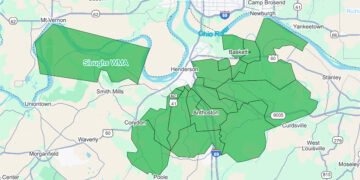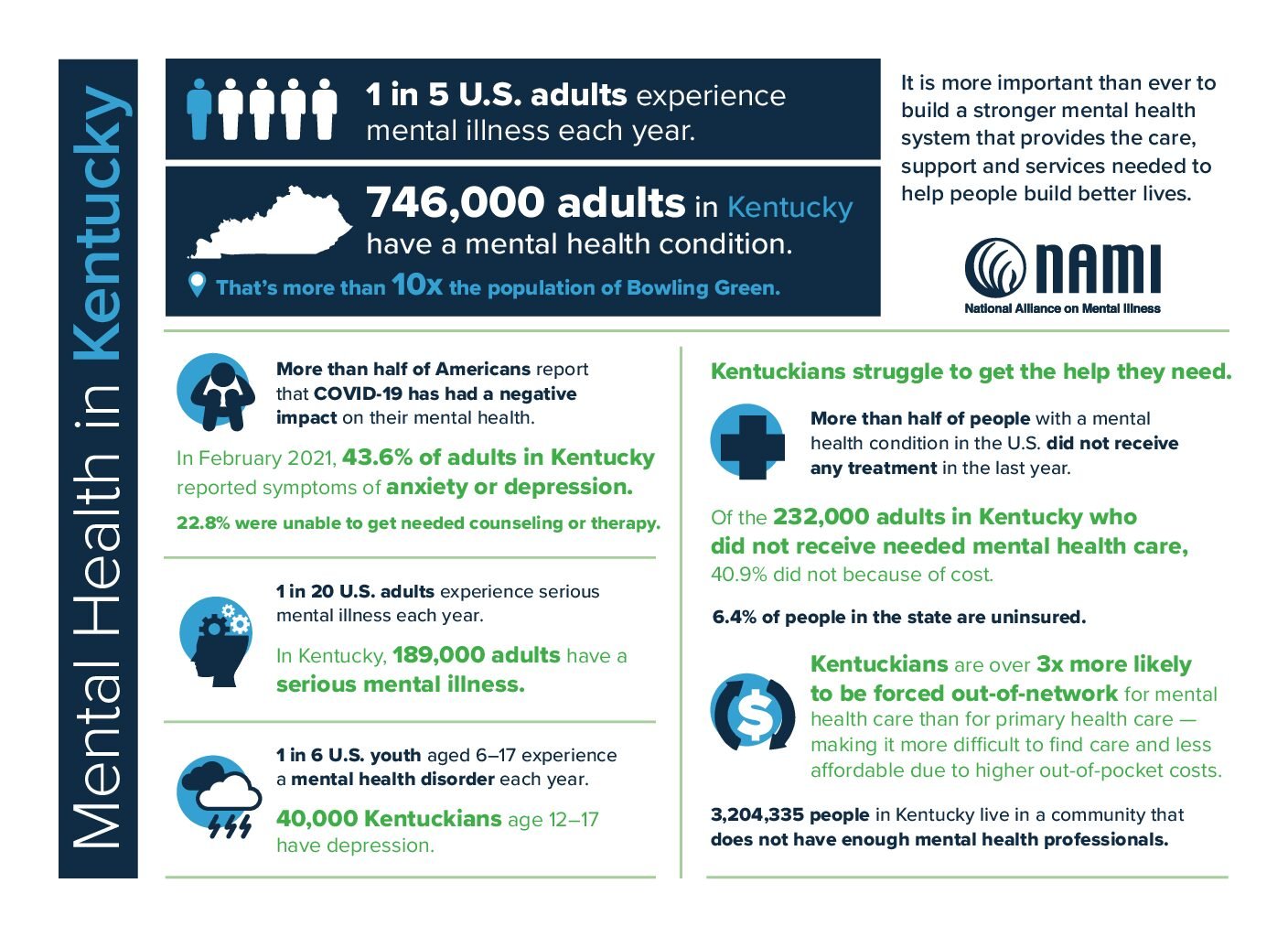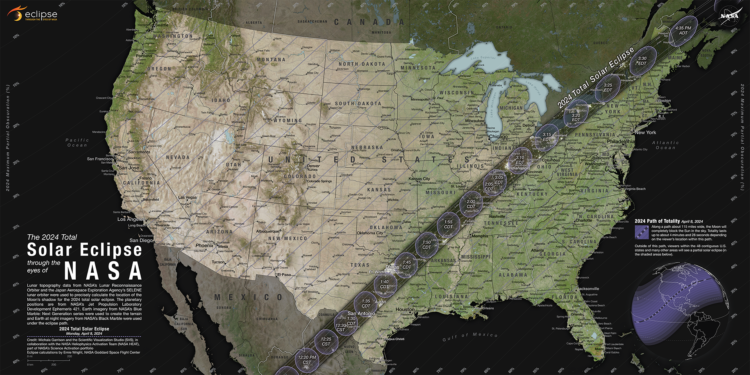(This article was first published in a slightly different form April 2 in the April print edition.)
It’s almost here.
For casual observers and those more motivated viewers known as eclipse chasers, the Great American Solar Eclipse promises to be spectacular—if the clouds stay away.
“This is a good one,” said Tom Tweddell about the coming eclipse.
A total solar eclipse is special because not many people get to experience them, said Tweddell (who is this writer’s uncle). This, like many in Henderson, will be Tweddell’s second.
But many in the world will never be in the right place at the right time to experience one.
The next time a total solar eclipse occurs in the continental United States will be in 2044 and that will be in North Dakota and Montana, before moving north into Canada.
Tweddell has also witnessed an annular eclipse—a “ring of fire” eclipse—which occurred on May 10, 1994, and he experienced when he lived in northern Illinois.
For the two previous eclipses he witnessed, Tweddell hosted viewing parties—one when he was teaching astronomy and other sciences at McHenry County College in Crystal Lake, Ill., and another in 2017 at Holy Name School, where he retired from.
One quirk of those parties, he said, was that not five minutes after totality, the crowd had cleared out and everyone was going on with their business.
Tweddell kept records of the temperature and luminosity for the 2017 eclipse. On that August day, the temperature dropped from 93 degrees at first contact to 85 degrees, before reaching back up to 90 degrees after the eclipse ended.
The luminosity was recorded at 53,000 lux at first contact and fell to 1,000 lux at totality, according to Tweddell’s data.
Experiencing those sharp drops may not happen at this year’s eclipse because April climatological history shows a higher likelihood of a cloudy day, according to Tweddell as well as Wayne Hart, WEHT meteorologist, and Christine Wielgos, warning coordination meteorologist with the National Weather Service in Paducah.
Hart and Wielgos spoke at the Henderson County Public Library on March 26—13 days out from the eclipse. Based on history and computer models, both said there’s a high chance of clouds April 8. But, Hart noted, models aren’t accurate 13 days out, so there’s hope. (See updated forecast in companion article in today’s e-newsletter.)
If clouds do stay away, Hart asked the crowd to be aware of what’s happening in nature at ground level as well as in the sky as it goes dark. Wielgos said birds will begin to roost, insects will begin chirping and the sky will take on a strange hue.
The longest length of totality, occurring near Torreon, Mexico, will be 4 minutes, 27 seconds, according to the website greatamericaneclipse.com. Closer to home, Evansville will have 3 minutes, 2 seconds of totality; Carbondale, Ill., will have 4 minutes, 8 seconds.
According to a NASA website, the eclipse will begin in Evansville at 12:45 p.m. It will move into a total eclipse from 2:02 p.m.-2:05 p.m. with the maximum totality occurring at 2:04, before ending at 3:20 p.m.
Tweddell said the “relatively rare” occurrence of a total solar eclipse has him feeling a bit philosophical.
“We’re this tiny something in a very large solar system and universe,” he said.
For a total solar eclipse to occur, the elliptical orbits, which are not on the same plane, and the speeds of the moon and the Earth all have to sync up precisely.
“The Earth and the moon and the sun are in this dance,” Tweddell said.
When they do align, those of us at the right spots on Earth, looking up, witness just briefly the darkness passing over us.





















